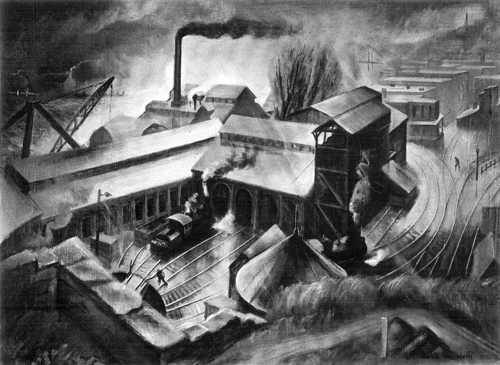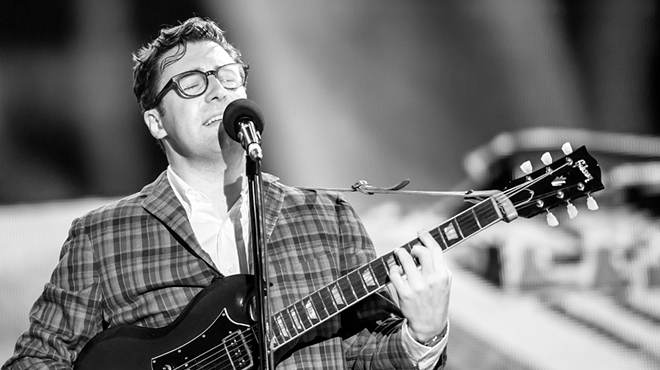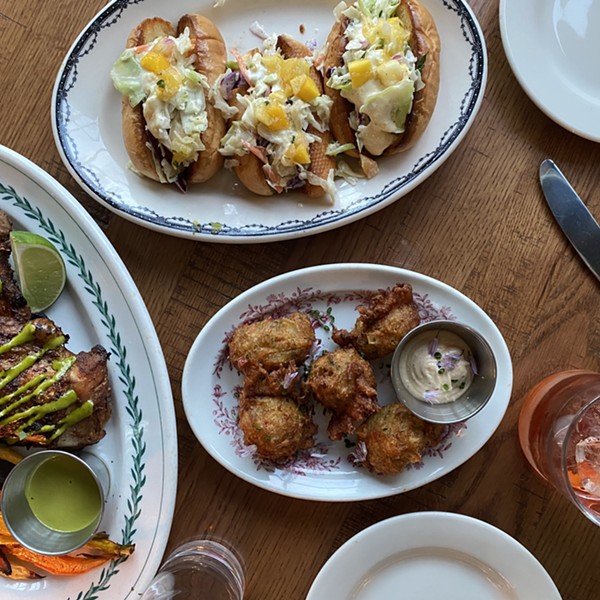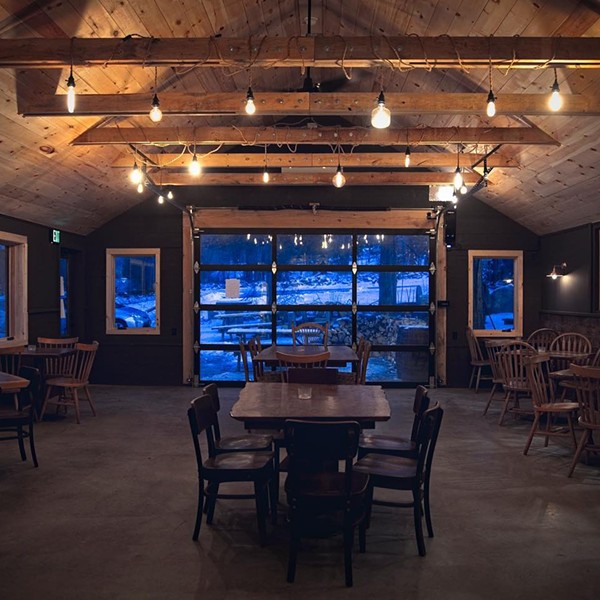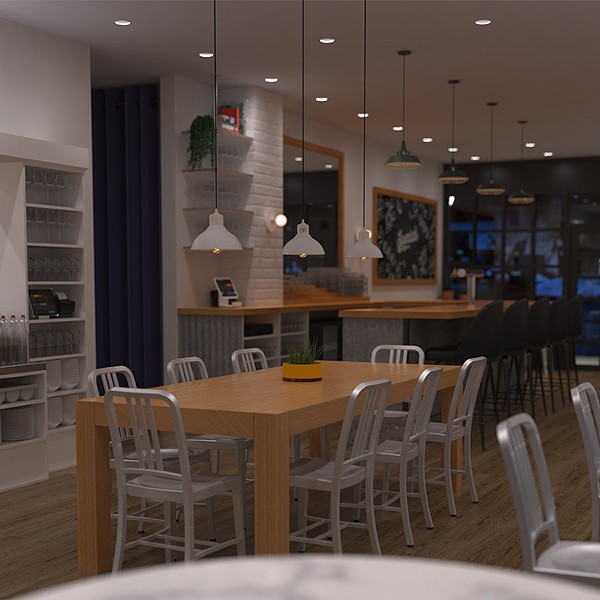If you think the question “What is art?” can only produce an arbitrary response these days, just think for a minute about “What is real estate?” Both art and real estate are cultural constructs, but for my money, the whole real estate thing is much more artificial, by a long shot. That it lends itself (pardon the pun) to greater and greater levels of speculative abstraction—and disastrously so, witness the whole subprime mortgage meltdown—reveals something telling about who and what we are now. It seems there’s not much “real” about “real estate” after all.
It’s looking more and more like the proverbial chickens are coming home to roost. Our economy, long propped up by (and addicted to) the fiction of endless expansion, is now running aground on the very real limitations of energy and food supplies, and the capacity of natural systems to recuperate the damage that we inflict upon the planet. While it’s important for us to figure out meaningful, ecologically sustainable political and economic strategies to address the critical challenges facing us, an important aspect of what we need to do now involves what George Bush the First once called “the vision thing.” And there are artists involved in at least three different exhibitions going on this month who are working on just that.
Interestingly, the specter of real estate hovers close by each of the shows. Chris Gonyea asks the question pointedly at The Livingroom with “FOR SALE: Kingston, Past, Present, and Future?” Assembling work that ranges from historically significant drawings and paintings by Woodstock artists Austin Mecklem, Charles Rosen, and Louis Wolchonok to photographs, paintings, and prints by contemporary artists, including Nancy Donskoj, Lynn Woods, and Gonyea himself, the show addresses the issue head-on, ironically labeling each work with contrasting “assessed” and “true market” values. Gonyea’s intention is to create a space for dialogue about where Kingston is, politically, artistically, and economically—a goal at least partially achieved when the show opened last month with a special reception for Tom Hoffay, the recently-named alderman for Kingston’s Second Ward, bringing together uptown businesses and residents to discuss common concerns.
The ultimate doctrine of American real estate, manifest destiny, figures in the very title of “LAND! From the Post on the Prairie,” organized by painter Sean Sullivan with support from Rosendale’s small but always innovative no_space gallery. Set up in two adjacent storefronts on Route 209 in Kerhonkson, Sullivan’s starting point for the show was Frederick Jackson Turner’s famous “frontier thesis,” first presented in a lecture at the World’s Columbian Exposition in Chicago in 1893. The enormous fair was organized to celebrate the 400th anniversary of Christopher Columbus’s arrival in the New World, and what was then widely understood as the continuous march of progress made by the European settlers in the intervening years. Turner took the occasion to mark the symbolic closing of the American frontier—the massacre of Lakota Sioux at Wounded Knee in 1891 representing something like the final vanquishing of the country’s indigenous people—and noted that the frontier experience played a key role in defining the “American” character. The continuous confrontation between European culture and the wilderness of the frontier had produced a uniquely American set of values, he held, and as successive generations had moved further and further across the continent, literally and figuratively away from their European source, they had grown more violent, more individualistic, more distrustful of authority, less artistic, less scientific, and more dependent on ad hoc organizations they formed themselves. In broad terms, the further west, the more American the community.
One might read “globalization” as the ultimate economic extension of this thesis beyond the borders of the nation itself. And now, 115 years after Turner first formulated his thesis, we’ve reached the point at which we’re running out, physically and metaphorically, of open territory to feed into the seemingly endless maw of the economy.
In its place, Sullivan sees the new “post on the prairie” as the realm of imagination itself. He’s invited a great group of artists to participate with him in this show, making a range of aesthetic, sociological, and historical connections between Turner’s thesis and today’s challenges of open space, development, and the environment via painting, sculpture, installation, and video. Laura Moriarty has contributed an installation that includes an antique-looking drafting table, odd found objects, an old manual typewriter, and her signature encaustic paint-cum-sculptures, embracing a heterogeneous, bricolage aesthetic to provoke a sort of historicized aesthetic response; multitalented sculpture and furniture designer Jonah Meyer brings a new video and a series of watercolors made on a recent trip out to the American West itself. A number of the works in the show play on the image of the broad-but-empty expanses of the plains, which might be read as either a metaphor for cultural and spiritual depletion, or as an opening up of new territory for the imagination. Visit the show and decide for yourself which way you’d like to go with that.
Down in Beacon, and running through the rest of the summer, master shed builder Simon Draper has come up with a brilliant extension of his ecologically-inspired “right-sizing”’ aesthetic with “Habitat for Artists,” taking place in the parking lot of Spire Studios and sponsored by Ecoartspace. Draper has been making physically and metaphorically rich work for some time, creating modest, site-sensitive structures out of reclaimed materials (often including his own paintings). He’d reached a point with the work, as he told me, where he could “see [him]self going on, building sheds occasionally here or there, or I could get back to the immediacy, the point of the idea, by opening the concept up to other artists.” Working with the motto “How much/how little/the space to create,” and thinking explicitly of the toll taken by the wave of real estate speculation in Beacon in the wake of Dia:Beacon, he’s built a group of small sheds that will serve as improvised studio spaces for himself and 10 other artists over the summer. Small enough that they slide under the radar of local zoning and permitting requirements, each artist is personalizing and using the sheds to reflect his/her own interests and needs. Dar Williams will be writing and occasionally performing music in one, Kathy Feighery will focus on making drawings (to get away from toxic solvents used in oil painting during her pregnancy) in another, and so on.
With limited amenities, the artists are restricting/rethinking their use of media, resorting to battery-powered hand tools, or even depending on the illumination provided by local street lamps passing through the translucent corrugated plastic panels of the roof to do their work by. Recognizing the limited nature of our resources, Draper’s project emphasizes the importance of resourcefulness instead. The compelling aesthetic (and ultimately, political/economic/ecological) question raised here is: How much can you go a long way with? In this extraordinary project, sustainability is transformed into a visionary aesthetic in its own right—as it must be, if we are to cope with the challenges ahead.







